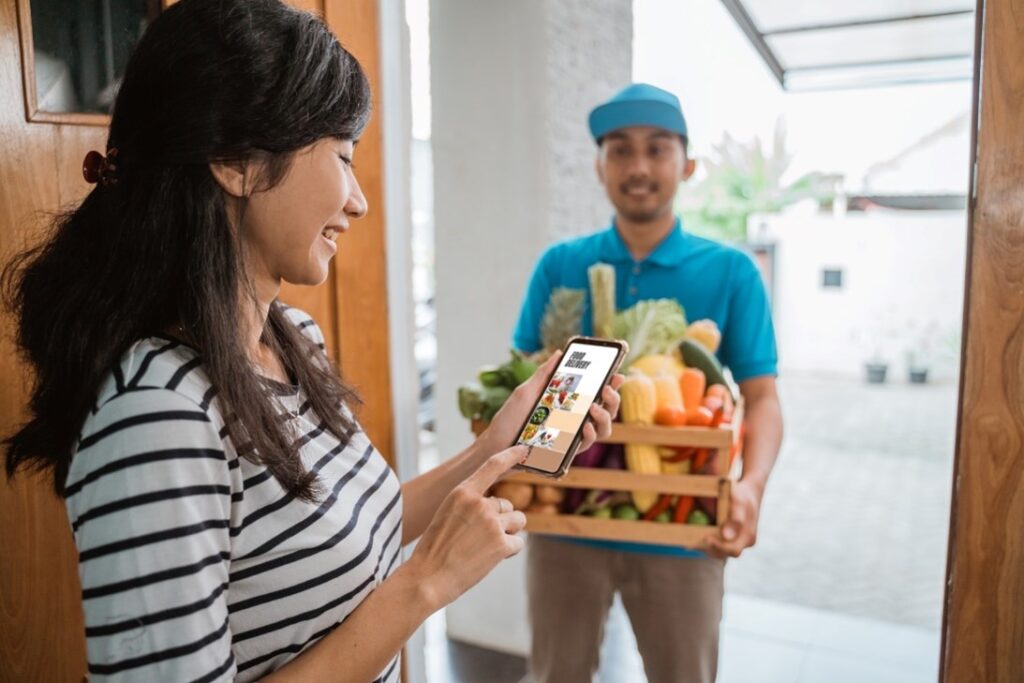As terrible as COVID-19 was, it still catalyzed more homes to open their doors to food deliveries. To small food businesses, it paved the way for their meals to end up at more people’s tables.
But in a time when food delivery services instantly became a necessity, the food industry is tiptoeing to its future.
Will food delivery services help restaurants flourish – or will it cause their downfall?
James Breuhl of Thibodaux, Louisiana delves deeper into the food delivery services’ benefits on restaurants and how business owners can stand out from their competitors.
Variety and Efficiency Are the Way to People’s Hearts
To customers, the rise of food delivery services should’ve trended sooner – apps give them more options, and food delivery guys and girls ensure their food arrives quickly. Furthermore, for hungry patrons, having food delivered is also cheaper than driving to the restaurant themselves.
To restaurant owners, online visibility also provides more exposure. No matter how small or established their business is, anyone can buy their food – and every restaurant or food truck owner wants to experience the excitement of receiving more orders.
But what happens if it gets too competitive?
Palate Problems: When Customers Savor Too Much Flavor
Unless a restaurant is well-established, offers a unique meal, or offers it at a cheap price, people will explore different food options. After all, that’s the purpose of food delivery apps and services.
In NYC alone, over 1,900 pizzerias are in the Big Apple (according to the New York Times). Therefore, restaurateurs there are lucky if their pizza joint is chosen.
So, how does one restaurant stand out from the food industry?
Fortunately, food delivery apps and services are primarily business partners who can contribute to the restaurant’s success.
The business approach just needs a little tweaking – to cater to the modern world and competitive industry.
Here are simple ways to stand out from competitors:
Sell Food at a Competitive Price
Bigger brands gain more traction. Therefore, smaller restaurants can optimize affordable prices as their selling point. Because inflation is already bad – and so are delivery fees. Add the fact that customers have to tip the delivery guys and girls.
At this point, they’d just want food without feeling bad for ordering it.
As this competitive pricing catches the customers’ attention, the restaurant’s job is to maintain their cravings.

Prioritize Supplies
To restaurant owners, receiving too many orders can be a nice problem to have – unless they run out of supplies.
Fortunately, the digital age allows them to see their average number of orders. They also have the option to see which areas the demand comes from. Once they analyze the data, they can plan how much resources to purchase. And how much food to buy.
Left with no choice but to tell a customer there’s no more food for them? That’s embarrassing – and not a good look for the business.
However, those with food to deliver must also consistently meet customer expectations.
Strategize How to Preserve Food Quality
The longer it takes for food to be delivered, the more likely it will get cold, melt, or spoil.
What restaurant owners can do, however, is ensure that their food is packed in proper containers – add insulation, store in air-tight containers, or separate easily perishable from those that aren’t.
For more information on food packaging suggestions, check out USDA’s website.
These simple solutions may seem mundane, but they can be enough to keep customers returning – or leaving positive feedback that can help a business grow.
Conclusion
In several ways, food delivery services are a restaurant’s best colleague. If utilized correctly, these modern-day advancements can boost a business like never before.
To customers, support small businesses – as they constantly worry about these challenges unknown to the general public.
